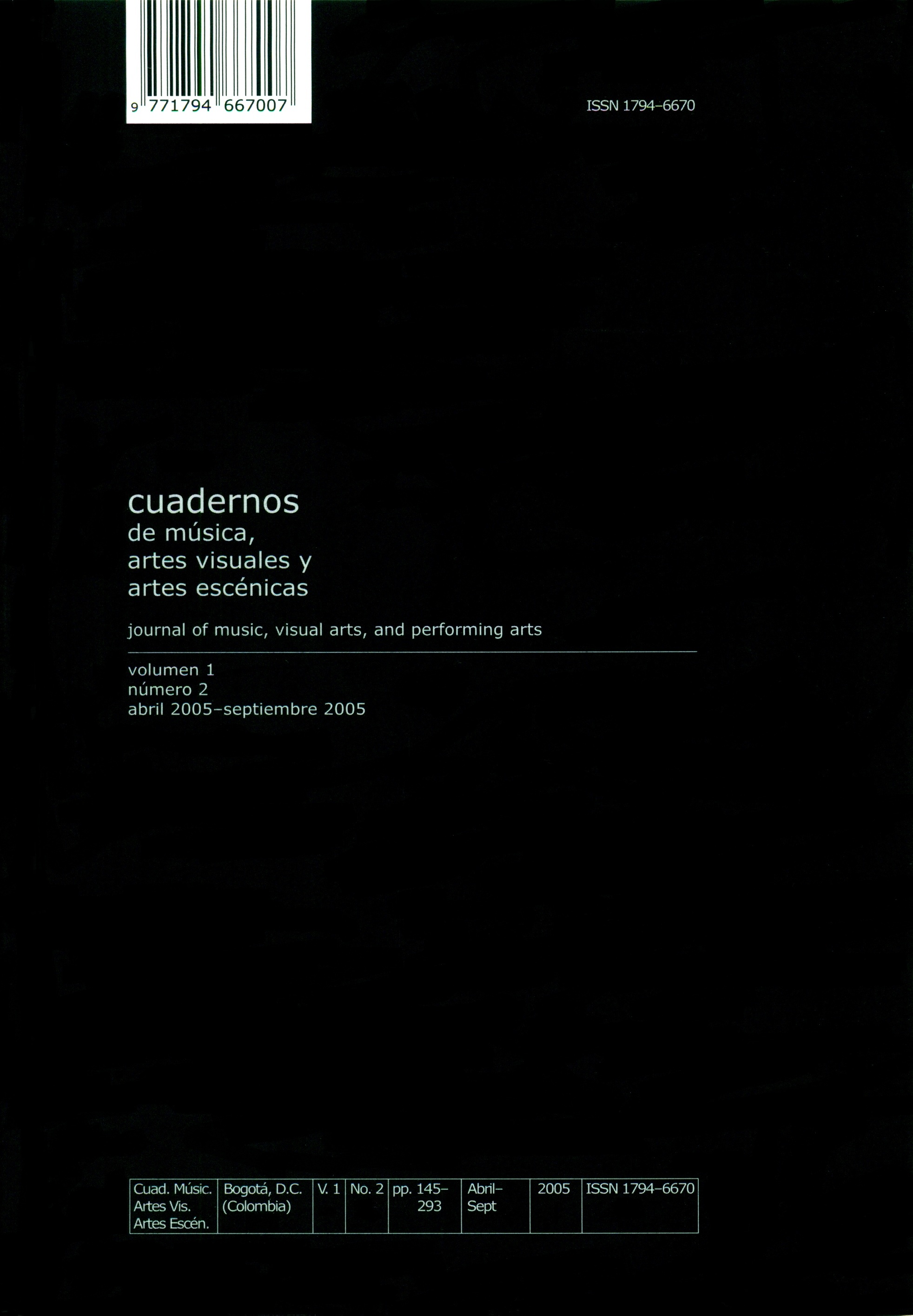Death and Love: Bernard Herrmann's score for vertigo
##plugins.themes.bootstrap3.article.details##
Abstract
Bernard Herrmann’s score for Alfred Hitchcock’s classic film Vertigo (1958) is a clear example of the composer’s uncanny ability in translating the basic thematic premise of a film into a compact musical structure. The connection between love and death that is a central issue of Vertigo finds its musical counterpart in the derivation of the love motif and of two motifs associated with death from the same ‘Primal cell’ in the main title. The structure of the main title itself reflects this link by juxtaposing the basic motifs associated with death and love. To further illustrate the way Herrmann reinforces this connection, I will examine one of the key sequences of the film, in which the first four notes of one of the love motifs are subjected to a systematic process of transformation, which progressively eradicates the motif’s original identity. The disintegration of the motif that is inscribed into the structure of this passage powerfully expresses a doomed–indeed, fatal–love.
Keywords
Bernard Herrmann, Vertigo, Hitchcock, Analysis, Film ScoreBernard Herrmann, Vertigo, Hitchcock, análisis, partitura musical para film
References
How to Cite
Schneller, T. (2005). Death and Love: Bernard Herrmann’s score for vertigo. Cuadernos De Música, Artes Visuales Y Artes Escénicas, 1(2), 189–200. Retrieved from https://revistas.javeriana.edu.co/index.php/cma/article/view/6425
Issue
Section
Articles


